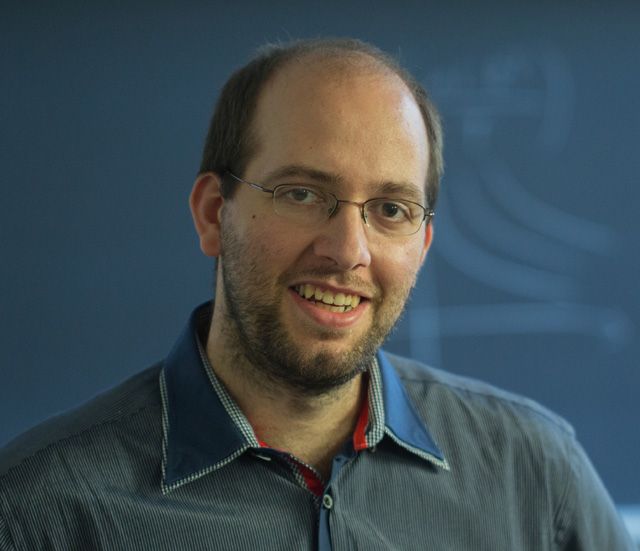The modern “smart” city, says Jie Liu, is a web of networks that should run like a healthy, well-tuned circulatory system.
This is especially true, says Liu, a Ph.D. candidate in industrial engineering, for the power grid, which delivers electricity from power stations to consumers. Electric power should flow through the grid in a way that utilizes as efficiently as possible the resources that are used to produce the power.
This streamlined flow, says Liu, is made possible by machines that process large quantities of data in real time and make optimal decisions.
Liu and his colleagues, Martin Takáč, assistant professor of industrial and systems engineering and Liu’s Ph.D. adviser, and Jakub Mareček of IBM Research, have made considerable progress in solving optimal power flow problems in the past two years.
For his contributions, Liu recently received IBM’s Ph.D. Fellowship Award, one of the industry’s most competitive sources of funding for Ph.D. students.
A power system, say the researchers, often contains many power stations, which produce electric power. A central entity, called the transmission system operator, coordinates the production and transmission of power.
The goal of the operator is to transmit electricity from power stations to customers with maximum efficiency and reliability. If a wire carries too much electric current, it incurs losses and could overheat, possibly causing a blackout.
Operators of power plants and transmission systems cannot choose directly how much current will flow where, say the researchers, because power follows the laws of physics. But they can decide where to generate power and how to set the transformers along the way.
The physics of the alternating-current model of power flows makes these decisions difficult to make, says the group. But they correspond to polynomial optimization problems (POPs), which are a hot topic in the field of mathematical optimization.
Until recently, researchers could apply the so-called Newton method to POPs to obtain a solution quickly. Or, as suggested by Mareček and his colleagues, they could solve a sequence of surrogate problems to obtain the best possible solution.
The second approach often took too long, though, causing Liu, Mareček, and Takáč to seek conditions under which one could switch from the surrogate problems to the Newton method without obtaining solutions that would be wrong. Using recent developments in numerical algebraic geometry, the group has developed such conditions and designed methods to test them efficiently. One can therefore solve the surrogate problems quickly and, when it is safe, switch to the Newton method.
“This revolutionizes the field of polynomial optimization,” says Mareček.
The first in a series of papers by the group, “Hybrid Methods in Solving Alternating-Current Optimal Power Flows,” has just been accepted in IEEE Transactions on Smart Grid. That article is coauthored with Alan Liddell of the University of Notre Dame.


